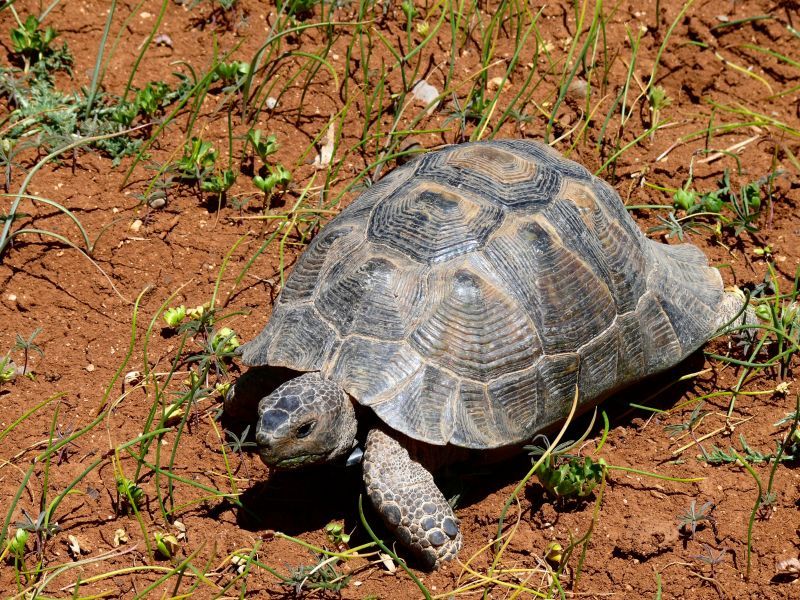Greek Tortoises on Hydra Island Greece



The baby tortoise in the photo above, was born in July 2018, he is called Tommy the Tortoise and was a gift to my grandson who one day will hopefully be able to pass Tommy on to his grandchildren. Tommy measured about 2cm in length when he first hatched. Immediately after arriving, we put him in a shallow puddle of water to help him hydrate and to allow his shell to inflate to its proper dome shape. He lives in a baby-tortoise-sized, protected part of my garden. His diet includes weeds and grass that he finds for himself. He also like Mediterranean vegetables & salad such as peppers, cucumber, lettuce and courgettes. He seems to like the occasional piece of watermelon or grapes too. He has a small scrape protected by a piece of slate under the bougainvillea plant where he feels nice and protected. Each day we put clean water in a shallow saucer for him to drink. The water is never deeper than his chin and he always goes to the toilet in it, which is apparently normal for tortoises to do! His shell is bright and shiny which indicates that he is healthy and well hydrated.
